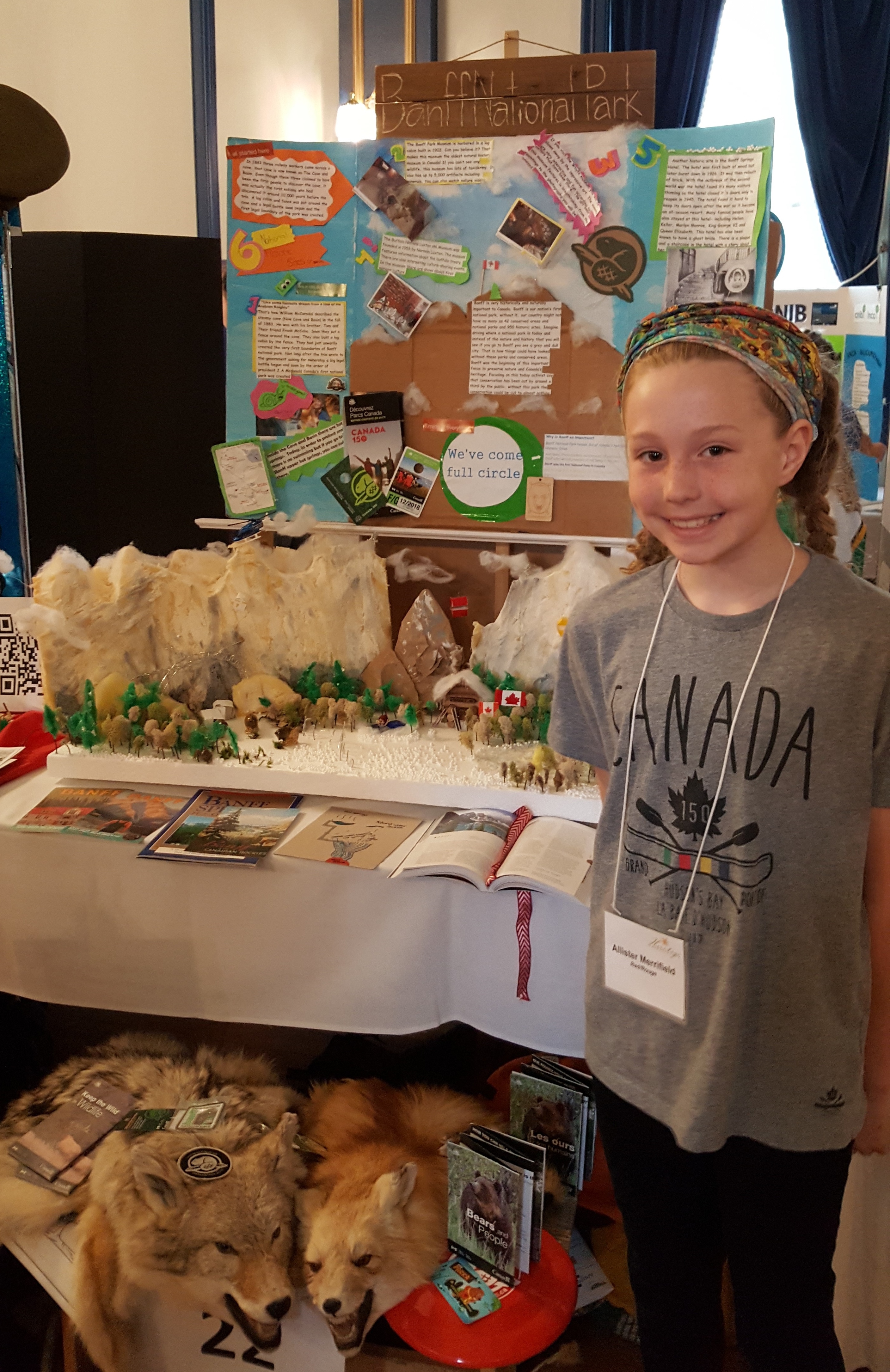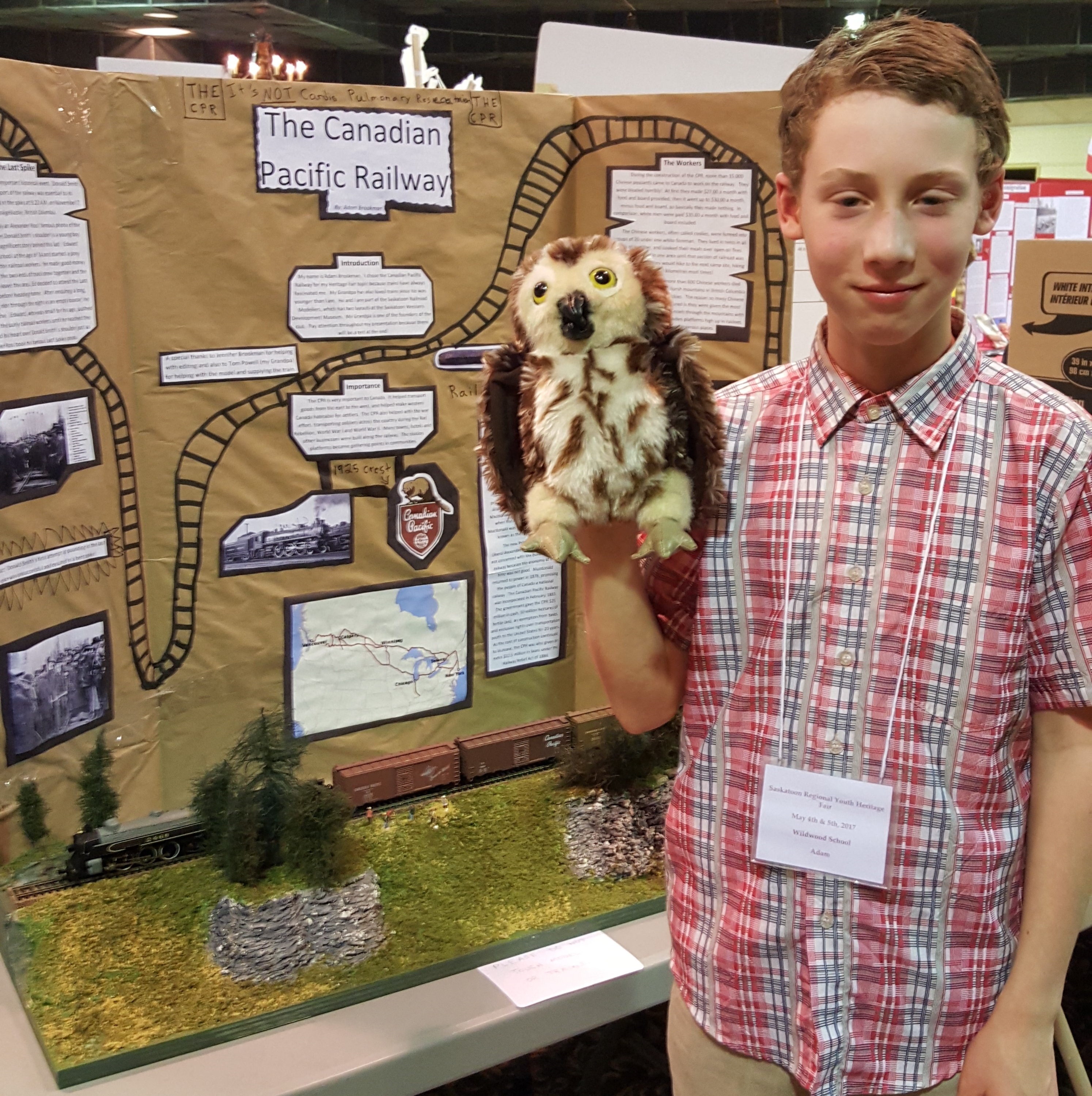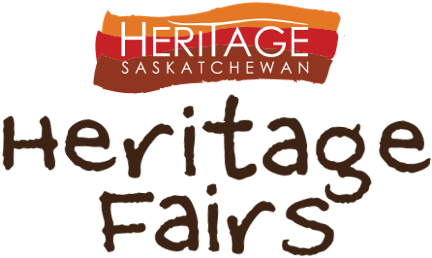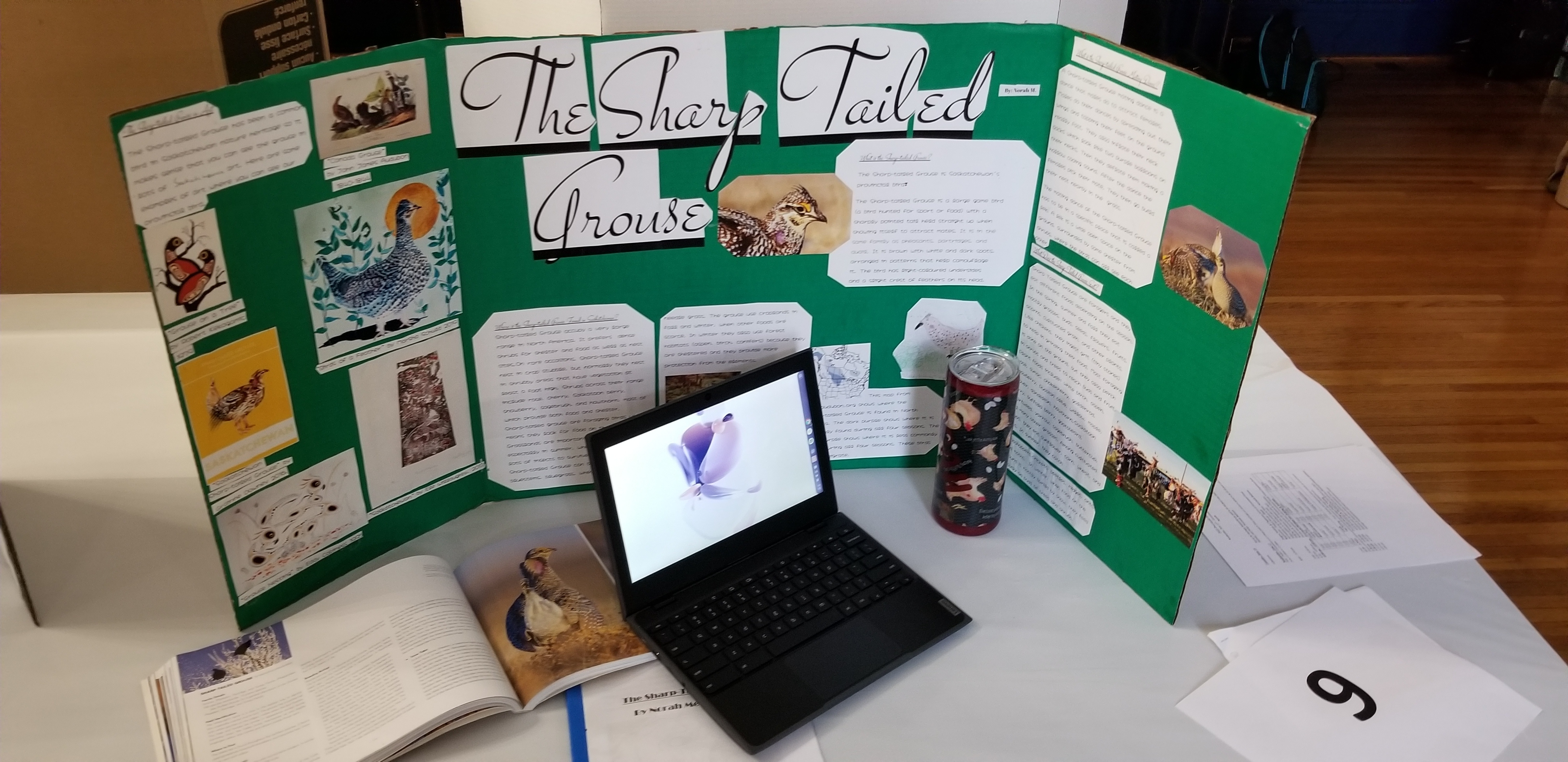 Saskatchewan students from grade four to grade eight (or equivalent ages in the case of homeschooled students) are eligible to participate at the regional and provincial levels. Students in other grades may participate at their school fair.
Saskatchewan students from grade four to grade eight (or equivalent ages in the case of homeschooled students) are eligible to participate at the regional and provincial levels. Students in other grades may participate at their school fair.
Students are asked to research a topic pertaining to Canadian heritage, draft a written report (including bibliography), create a visual presentation (backboard, video, et cetera), and present their project findings to judges.
All Heritage Fair Projects
- Students may prepare projects as individuals or in partners. If selected for a Regional Heritage Fair, both partners should participate. Both partners, if further selected, would be invited to participate in the Provincial Heritage Fair. Students are discouraged from forming partnerships that would include students in ineligible grades (i.e. grade 3 or grade 9); however, should such a partnership occur, both partners remain eligible to participate at the Regional and Provincial levels.
- Groups of more than two students are not eligible, although groups may research a topic together and present separate projects. In such a case, students would work together but then be in competition with one another.
- Students must use ethical and responsible practices when researching and using information. Photographs must be properly credited. Any person or organization providing information included in a project, as well as electronic and print sources, must be acknowledged by students in a Works Cited page.
- Student are encouraged to use their own means of cultural expression to prepare and communicate stories about Canadian history (i.e.: create or interpret a character; write a sketch, poem, or song; create a short film), keeping in mind the time limit for presentation.
- Students may submit their project in either French or English (or both). If a student would like to use another language, this must be determined at the time of registration so that judges can be found for the respective Regional Heritage Fair. Vocabulary in any language can be included in a project.
- All submissions must be student-produced, although teachers or other adults may advise and assist students with their projects. Family members can assist in the production of models, etc., as long as the student is the primary builder.
- Teachers should verify the historical accuracy of projects, particularly those selected for the Regional Heritage Fairs.
- Projects can be about any topic relating to Saskatchewan or Canadian heritage.
- All projects must be presented in a respectful manner. Projects must not include profane or obscene material. Material meant purely to offend will not be tolerated.
- Projects must avoid racist and sexist material. We understand that many historical topics include issues that we would find offensive, racist, or sexist today. Obviously, it is recommended that students address these issues and study these topics! (i.e. residential schools, women's voting rights, the Battle of Batoche, internment camps, etc.) What students should avoid are the following: images and posters with caricatures/cartoons that depict women or any ethnic group negatively; offensive slogans that can be easily seen; and racial slurs (even presented in historical context). Students may use blank spaces or inoffensive symbols to depict offending words. The Regional Heritage Fair Committees and Heritage Saskatchewan reserve the right to cover any of the above so that while a student may use them in their presentation, the images or words would not be visible to the general public.
- Heritage Saskatchewan and the Regional Heritage Fair Committees are not responsible for the loss, theft or damage of projects or items associated with the projects.
- Projects must be suitable for table top display and their dimensions should not exceed a width of 4 feet (48 inches). At each level of the Heritage Fairs program, each project is allotted 4 feet of table space. Each space is also approximately three feet (36 inches) deep. Students may also use the space in front of their table, however, they and judges also need to be able to stand or sit comfortably within this space.
- Height of a project is up to the student, but all projects and props must be free-standing, as wall access is not guaranteed.
- Projects must be free-standing (no wall access), including all displays and backboards. Students are encouraged to be creative and construct models, et cetera; however, for display purposes, they are limited to 48" wide space. Students may bring free-standing coatracks, hatstands, or other display stands, as long as these fit within their allotted space.
- Students may add to their display by expanding downward, upward and forward (to a depth of three feet). Please keep in mind that the "depth of three feet" includes space for the student(s), judges, and visitors to stand or sit.
- Students selected for the Provincial Heritage Fair are encouraged to expand upon their projects. Some expansion suggestions include: embellish the display with further props and decorations; expand on props/models, conduct further research, incorporate photos or video from the school or Regional Fair into the display. If there are updates in current events pertaining to the topic, students are encouraged to add these into their presentation.

- Tips for Researching Heritage Fairs Projects
- Tips for Designing Heritage Fairs Projects
- Tips for Transporting Heritage Fairs Projects
- Tips for Giving Heritage Fairs Presentations
- Myths About Heritage Fairs
- Frequently-Asked-Questions
All of these and more are also found in the Student tips & ideas section!

